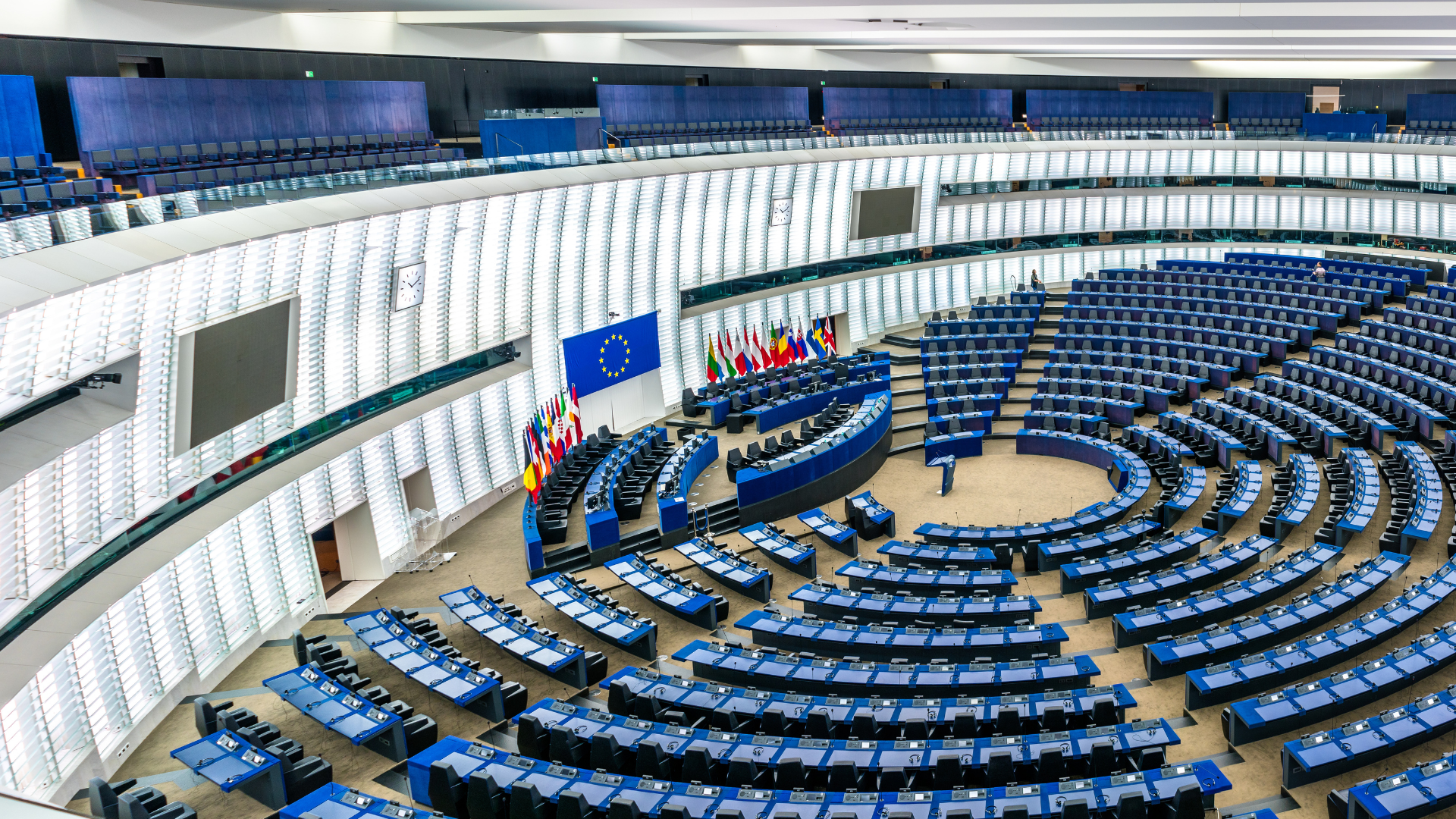
What’s on in the EU Parliament? Key legislative trends in energy, transport, technology & pharma
As the European Union closes in on its 2030 climate and industrial goals, the European Parliament is accelerating legislation that directly affects businesses in energy, transport, technology, and pharmaceuticals.
 Public Affairs
Public Affairs
The scope is broad, but the message is clear: the regulatory landscape is changing quickly, and sectors must adapt. The European Parliament is of course equally involved in the discussions on defence matters. The Commission is laying down the multiannual financial framework for the years 2028 to 2034 which the parliament is to have lots of opinions about. Here’s what’s happening and what you should be watching.
Energy: Market reform, grid expansion, and the role of hydrogen
The EU is in the middle of a structural shift in energy policy. The Affordable Energy Action Plan aims to improve price stability and reduce the market’s exposure to gas price volatility. This includes reforms to electricity market design, affecting how power purchase agreements are structured and how hedging is used by both suppliers and large consumers.
Legislative attention is also on the European electricity grids, where capacity constraints are threatening to slow the energy transition. A new Grid Action Plan prioritises interconnection upgrades, storage integration, and faster permitting for cross-border infrastructure. Under the Net-Zero Industry Act, grids are now designated as strategic assets, making them eligible for more EU funding.
At the same time, hydrogen is moving from pilot projects into mainstream industrial policy. The pending Hydrogen and Decarbonised Gas Market Package sets out rules for market access, network regulation, and certification standards for renewable and low-carbon hydrogen. Only hydrogen produced under strict rules will qualify as “green.”
The upcoming Hydrogen Bank auctions and revised state aid rules will affect both domestic producers and importers. In the next year the Commission will deliver a Fusion strategy as well for those of you who are suppliers to the fusion energy industry you might be interested in following this work.
Transport: Rewiring connectivity for sustainability
The Parliament and Council have provisionally agreed on a major revision of the Trans-European Transport Network (TEN-T) regulation. The new framework strengthens requirements for rail interoperability, long-distance cargo corridors, and infrastructure decarbonisation, including deployment of electric and hydrogen refuelling infrastructure.
The package introduces clear technical milestones and deadlines, such as track gauge unification, speed standards for passenger rail, and minimum capacity targets for freight corridors. For logistics and shipping the implications are significant.
Digitalisation and accessibility are also woven into the TEN-T framework, with new obligations around data sharing, digital capacity planning, and multimodal integration.
Technology: Regulating dominance, enabling sovereignty
With the AI Act now adopted, companies developing or using AI in sensitive contexts (healthcare, transport, HR, etc.) face specific obligations tied to transparency, safety, and data governance. This is part of a broader regulatory shift that includes the Digital Markets Act (DMA) and Digital Services Act (DSA), both of which target large online platforms to prevent anti-competitive behaviour.
Meanwhile, export controls on dual-use technologies are tightening. Businesses working on advanced computing, semiconductors, and cybersecurity will face greater scrutiny on cross-border investments and supply chain transparency, especially where there are geopolitical sensitivities.
Finally, the EU’s industrial policy push includes the development of secure digital infrastructure and semiconductors. Funding and regulatory support are steered towards European technology champions especially for strategic autonomy.
Pharmaceuticals: A structural reform of the EU market
The Commission has proposed a comprehensive pharmaceutical reform package, which is currently under debate also in the Parliament. It aims to modernise outdated EU rules on medicine authorisation, access, and supply chain resilience.
Key features include:
- Faster authorisation time.
- Support for innovative medicines.
- Stronger obligations on manufacturers to supply all Member States.
- Transparency requirements for pricing, public funding, and clinical data.
- Support for production of critical medicines within the EU, under the new Critical Medicines Act.
For pharmaceutical companies, this signals a move toward more uniform access rules, tighter expectations around shortages, and pressure to demonstrate societal value, especially for products receiving public R&D funding or targeting rare diseases.
A more demanding, more integrated EU regulatory environment
The EU is actively reshaping the frameworks that govern energy, mobility, digital infrastructure, and health. From the grid to hydrogen, from algorithmic accountability to access to medicines, the trend is toward deeper regulation.
Businesses operating in or supplying these sectors should ensure they have the right mix of regulatory intelligence, scenario planning, and public affairs strategy in place. The rules of the game are being rewritten, not at the edges, but at the centre.
By Erika Jangen, Senior Advisor (Brussels)
